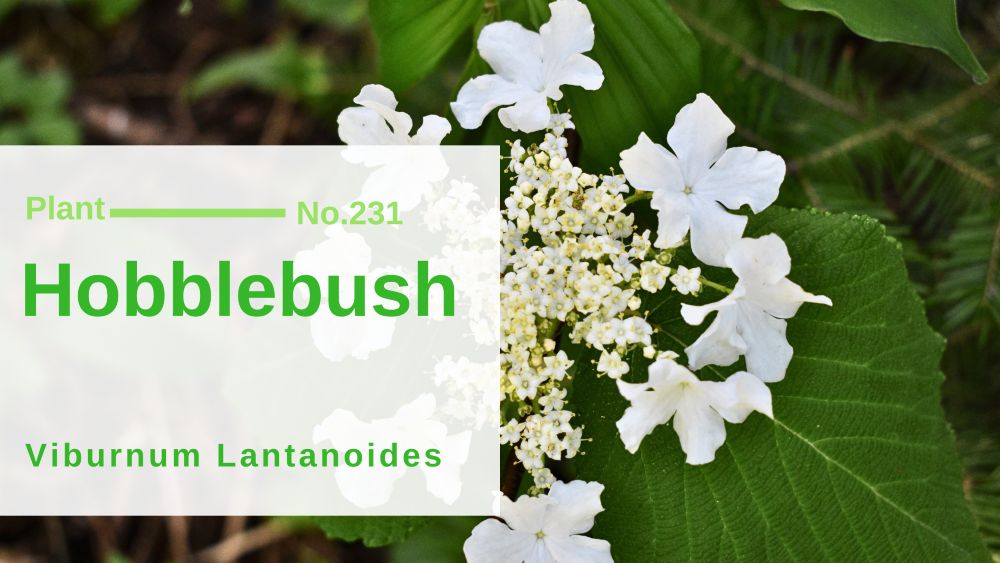Hobblebush – Viburnum Lantanoides: Edible Uses of One of Our Most Common Thicket Shrubs

Hobblebush (Viburnum lantanoides syn. Viburnum alnifolium) is the most common viburnum around Haliburton, Ontario. It’s easy to find along roadsides and in thickets on the edges of woods. Like some of our other shrubs, you may find it nonblooming in the understory. Sometimes called moosewood, it’s not to be confused with striped maple. Like other … [Read more…]




